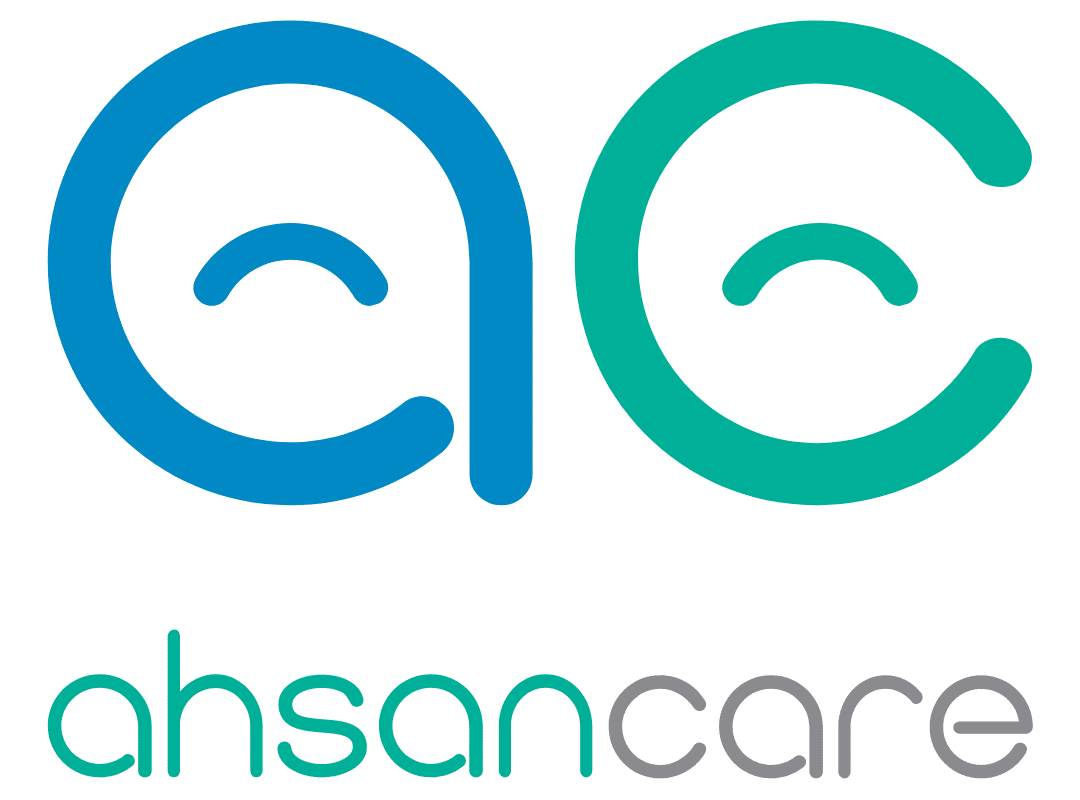Pain is a significant factor affecting the quality of life for individuals living with disabilities. Whether chronic or acute, pain can impact a person’s daily activities, emotional well-being, and overall health. Accurate pain assessment is vital to ensure that patients receive the appropriate care and support. This article explores why pain assessment is crucial for disabled patients and how it can improve their lives.
How pain assessment improves daily life for people with disabilities
For individuals with disabilities, pain is often not just a physical symptom—it can affect every part of life. Without proper pain management, individuals may struggle to carry out daily tasks, interact socially, and participate in community activities. Pain assessment ensures that the severity of pain is understood, allowing caregivers to tailor their support appropriately.
Here’s how pain assessment can impact daily life:
- Improved mobility: Accurate pain assessment can lead to more effective pain management strategies, improving a person’s ability to move around.
- Better quality of life: Identifying and treating pain enables individuals to engage in activities they enjoy, promoting better mental health and overall well-being.
- Enhanced independence: When pain is managed effectively, individuals may require less assistance with daily living tasks, supporting a more independent lifestyle.
- Prevention of complications: Chronic pain can lead to secondary health issues, such as muscle weakness or depression. Proper pain assessment can prevent these complications.
Why is it important to assess pain accurately in patients with disabilities?
Accurately assessing pain in patients with disabilities is crucial for several reasons. These patients may have difficulty expressing their pain due to communication barriers or cognitive impairments. Inaccurate pain assessment can lead to inadequate treatment, causing unnecessary suffering. Moreover, implementing effective chronic pain management strategies is essential for improving quality of life and enhancing daily functioning. Here are some key reasons why accurate pain assessment is essential:
- Prevention of over or under-treatment: Accurate assessments prevent the overuse or underuse of pain medications, ensuring that patients receive the correct dosage.
- Personalised care: Pain is unique to each individual, and accurate assessment ensures that care is tailored to meet the patient’s specific needs.
- Increased patient satisfaction: Patients who feel that their pain is taken seriously and managed effectively will likely experience greater satisfaction with their care.
- Improved long-term health outcomes: When pain is managed appropriately, patients can experience fewer complications, such as chronic conditions that arise from untreated pain.
How can a personalised approach to pain assessment improve outcomes?
A one-size-fits-all approach rarely works when it comes to pain management. Each person experiences pain differently, and a personalised approach is necessary for achieving the best outcomes. Benefits of a personalised pain assessment approach include:

- Tailored treatment plans: Understanding the individual’s pain triggers, preferences, and responses to treatment ensures that the right interventions are implemented.
- Enhanced communication: A personalised approach fosters better communication between the patient and caregiver, promptly addressing concerns.
- Emotional support: Personalised care involves recognising pain’s impact and providing physical relief and emotional comfort.
- Improved adherence to treatment: When pain management plans are tailored, patients are more likely to follow them, leading to better pain control.
The importance of assistance for disabled individuals lies in providing the support needed to enhance their independence and quality of life. By assessing each patient’s specific needs, preferences, and goals, caregivers can implement more effective and less invasive strategies to improve overall well-being.
What are the signs and symptoms of pain in patients with disabilities?
For individuals with disabilities, particularly those who cannot verbally communicate, recognising the signs of pain is vital. Pain symptoms may not always be obvious, and caregivers must be attentive to subtle cues. Here are some signs and symptoms to watch for:
- Facial expressions: Grimacing, frowning, or squinting can indicate discomfort or pain.
- Changes in behaviour: Increased irritability, agitation, or withdrawal can be signs that pain is affecting the individual.
- Physical movements: Repetitive movements, such as rocking or rubbing a certain body part, may suggest that the person is in pain.
- Altered sleeping or eating patterns: Pain can cause disturbances in sleep and appetite, which are signs that something is wrong.
What role does compassion play in pain assessment and management?
Compassion is at the heart of effective pain management. Patients with disabilities often face complex challenges that can cause both physical and emotional distress. Compassionate care not only addresses the physical symptoms but also offers emotional support, creating a safe environment where patients feel heard and cared for. The role of compassion in pain management includes:
- Building trust: Compassionate care helps build trust between the patient and caregiver, which is essential for open communication about pain.
- Reducing anxiety: Patients who receive compassionate care are less likely to feel anxious about their pain or treatment.
- Improved compliance: Patients who feel understood and supported are more likely to follow pain management plans.
- Better emotional well-being: Compassionate care addresses the emotional aspects of pain, providing relief from the stress and frustration that chronic pain can cause.
How does nursing care contribute to personalised pain assessment?
Nursing care plays a pivotal role in assessing and managing pain for disabled patients. Nurses are often the front-line caregivers who observe and document changes in pain levels. By using a combination of clinical knowledge, empathy, and observation, they ensure that the patient’s pain is accurately assessed and appropriately treated. Here’s how nursing care contributes to pain assessment:

- Comprehensive monitoring: Nurses regularly assess pain levels using a range of methods, such as pain scales or observational tools.
- Collaborative care: Nurses work closely with other healthcare professionals to create a holistic pain management plan for the patient.
- Patient advocacy: Nurses advocate for the patient, ensuring that their pain management needs are prioritised and met.
- Education: Nurses educate both patients and families about pain management techniques, ensuring everyone is on the same page.
What types of nursing care are essential for managing chronic pain in disabled patients?
Chronic pain management requires specialised care and ongoing assessment. Nursing care for chronic pain may involve both physical and emotional support, as well as regular monitoring and adjustments to treatment plans.
Essential types of nursing care include:
- Pain medication management: Nurses help manage medication schedules, ensuring that patients receive the correct doses at the right times. Effective medication management in NDIS nursing plans further ensures that patients get the right treatment tailored to their needs, improving their overall well-being.
- Physical therapy support: Nurses can assist with or coordinate physical therapy to alleviate pain through exercise and movement.
- Emotional and psychological support: Chronic pain often has psychological effects, and nurses provide emotional support and refer patients to counselling if necessary.
- Monitoring for side effects: Nurses carefully observe for side effects of pain medications, adjusting treatment plans as needed.
How can nursing care improve pain management for individuals with disabilities?
Nursing care significantly improves pain management by ensuring that patients receive the most appropriate and effective interventions. Nurses take a patient-centred approach, which allows for better individualised care and long-term pain relief. Ways in which nursing care can improve pain management include:
- Early detection: Nurses are skilled at detecting signs of worsening pain, allowing for early intervention and better outcomes.
- Ongoing assessment: Continuous pain assessments allow for adjustments to treatment plans, ensuring that the patient’s pain is managed effectively over time.
- Holistic approach: Nurses address both the physical and emotional aspects of pain, providing comprehensive care that promotes healing and well-being.
- Collaboration with specialists: Nurses collaborate with specialists to develop multi-disciplinary pain management strategies, ensuring the best possible care for the patient.
Experience compassionate NDIS support with Ahsan Care Provider
Ahsan Care Provider is committed to offering personalised nursing care for individuals with disabilities, ensuring they receive the support they need for a better quality of life. Our expert team works collaboratively with clients to create customised NDIS support plans that address their unique needs. One of our clients shared that what truly sets Ahsan Care apart is the genuine relationships we build, offering not only professionalism but also compassion and understanding. If you or a loved one require assistance with daily living or other NDIS services, contact Ahsan Care Provider today to experience the warmth and care that makes us the best NDIS service provider in Melbourne.
Frequently Asked Questions
- What is the best way to assess pain in patients with disabilities?
Pain assessment tools, observational techniques, and regular check-ins with healthcare providers can all contribute to an accurate assessment.
- How can caregivers identify pain in non-verbal individuals?
Caregivers can look for signs such as facial expressions, body movements, and changes in behaviour.
- How do physical therapy and nursing care work together to manage pain?
Physical therapy can reduce pain through movement, while nursing care monitors pain levels and adjusts treatment plans as needed.
- What role does emotional support play in pain management?
Emotional support helps reduce stress and anxiety, which can improve pain tolerance and quality of life.
- Can chronic pain affect a person’s mental health?
Yes, chronic pain can lead to mental health challenges such as anxiety and depression.
- What is the impact of untreated pain on a person with a disability?
Untreated pain can lead to worsening health, emotional distress, and a reduced ability to engage in daily activities.
- How often should pain be assessed in disabled patients?
Pain should be assessed regularly, especially for individuals with chronic conditions, to ensure it is managed effectively.
- What are some common pain management techniques used in nursing care?
Techniques include medication management, physical therapy, emotional support, and collaboration with other healthcare professionals.


